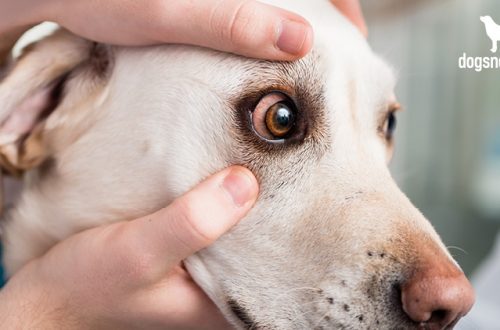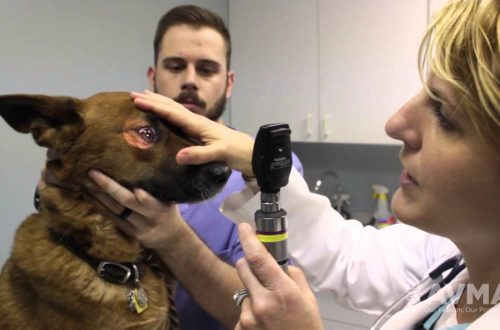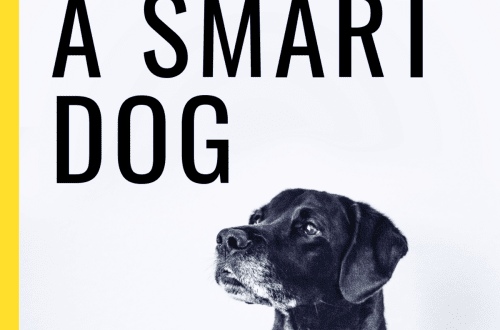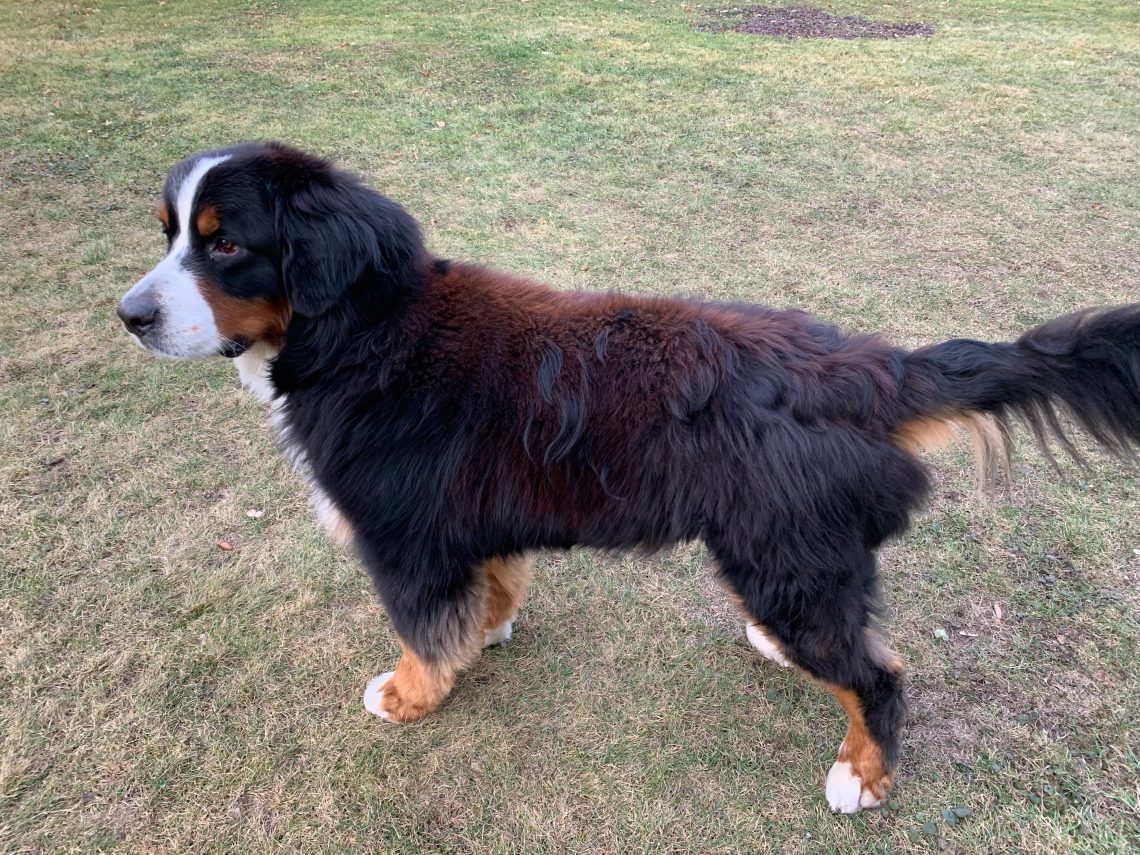
Why did the dog’s coat turn red?
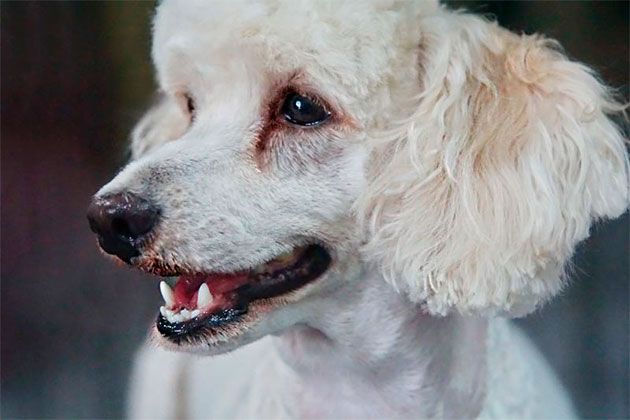
Someone turns to the groomer to give a unique style to their pet and color the coat pink, and someone puzzles over why the dog suddenly turned pink, reddish, reddened, and only spoils the appearance. What are the causes of hair loss and how to restore its beauty?
Reasons for changing coat color More often, changes in coat color are noticed by owners of white or light dogs, but this does not mean that dark coats do not undergo changes. Staining is more often recorded in the mouth, chin, inner corners of the eyes, under the front paws, between the fingers and on the stomach. The main cause of redness is the action of microflora, which develops in excessive amounts on the skin. Most often this is due to Malassezia, a yeast-like fungus that is normally found in small quantities on the skin of humans and animals. Predisposing factors for overgrowth of microflora:
- allergic reactions. In addition to inflammation of the skin – pyoderma, lacrimation may occur;
- demodicosis and other causes of inflammation of the hair follicles;
- autoimmune skin diseases;
- otitis. With inflammation of the ears, the contents of the external auditory canals may turn reddish and give the same shade of wool in the preauricular space;
- dermatitis and dermatoses of other etiologies.
Epiphora – excessive lacrimation. It occurs for two main reasons: excessive formation of tears (eyelid torsion, foreign body, neoplasm) and difficulty in its discharge (inflammation, infection, edema, congenital anomaly, blockage of the nasolacrimal canals). Dogs of brachiocephalic breeds with a flat nose are more often affected: bulldogs, pugs, petit-brabancons, shih tzu, Pekingese, and also often in small dogs – lapdogs, poodles, chihuahuas, spitz, Chinese crested. Dog tears contain porphyrin, which becomes reddish when exposed to air. Increased humidity. Very often the beard acquires color, as the dog often drinks, the coat does not have time to dry. Paws, abdomen, chest, armpits are also often affected by moisture during walks and after bathing. The prepuce and vulva may also change color due to contact with urine. Excessive licking. With psychogenic, allergic itching, the dog’s paws are in saliva, which in dogs also contains porphyrin. Hence the pink color in the claws, skin and coat. Burning in the sun and vice versa, the acquisition of a tan, can cause discoloration. Black wool fades into red and brown. Obtaining pigment from food and care products through direct contact. For example, if your dog’s diet includes fresh beets or carrots, you should not be surprised at the change in the color of the coat of paws, beards, where they came into contact with carrots or beets. However, it is worth noting that eating carrots or beets, both fresh and in the composition of the feed, does not affect coat color so much. Moreover, in the production of dry and wet diets for dogs, beet pulp is used, which does not have a red color. If the color change is due to diet, the coat is dyed from root to tip. When changing food, a change in coat color to normal color will be noticeable. An increased amount of certain trace elements, such as iodine, zinc, manganese, and carotene, can give the coat a reddish color, since these elements are involved in the process of pigment formation. Pay attention to this when choosing food and mineral supplements, especially for white dogs, which show coat color changes especially.
Contents
Diagnostics
To find out the reason for the change in skin color and coat, you should consult a veterinary dermatologist. After collecting a detailed history of the pet’s life, the doctor will suggest a series of diagnostic procedures.
- Cytological examination of the skin. It will help to find out if there is an overgrowth of fungal microflora.
- Skin scrapings. exclusion of parasites.
- Trichoscopy. Microscopic visualization of the hair. Evaluation of the state of the pigment and structural changes in wool.
- Schirmer test and fluorescein test for the diagnosis of eye diseases. It is carried out quickly, the eyeball is anesthetized with drops before this. If necessary, it will be possible to immediately rinse the nasolacrimal canal, check its patency. For this procedure, a dermatologist may refer your dog to an ophthalmologist.
Additional research methods may also be required, the doctor will inform you about them at the reception, after examination and primary tests.
Treatment
Unfortunately, it is rather difficult to return the radiant whiteness of the wool immediately. However, the first step is to eliminate the cause, and new hair and claws will grow back without an unpleasant shade. Therapy for eye diseases depends on the type of the same disease. After establishing the outflow of tear fluid, the hair will not get wet, it will be possible to eliminate dermatitis and overgrowth of microflora. To whiten hair and skin around the eyes and mouth, you can use 8in1 lotion to remove tear ducts. Antibacterial shampoos with chlorhexidine are also used for treatment – Api-San antimicrobial shampoo with chlorhexidine, Pchelodar Antibacterial shampoo, Doctor cleansing shampoo, Pchelodar antifungal shampoo with ketoconazole, as well as antibacterial drugs Zooderm and Stop-Itch spray. For the purpose of treatment and prevention, other cosmetic products can be used: whitening shampoos, such as: Bio-Groom Super White, 8in1 Perfect coat shampoo for dogs for light colors. If you need to bleach the coat, for example, before the show, you can apply Bio-Groom Magic White – a spray for instant bleaching of the coat and adding volume. Do not get carried away with this tool, as it only eliminates a cosmetic defect. If the dog is black and you want to restore its shine and deep black color, you can use tinted shampoos for dogs of dark colors: Bio-Groom Ultra Black, 8in1 Perfect coat shampoo for dogs for dark colors, 8in1 Black Pearl, Mr. Bruno Black night. Red and brown dogs can also be enhanced with the Bio-Groom Bronze Luster.
Prevention
If your dog has a chic beard, you can replace the usual water bowl with a dry mustache ball drinker, or constantly wipe with a towel and comb the beard hair. The same applies to paws, abdomen. Dry them thoroughly by washing after a walk, or after swimming. Wipe the area around the eyes and mouth with special lotions and wipes. Wash your dog with specialized shampoos. Do not allow the development of skin diseases, at the slightest symptom, contact your veterinarian.



